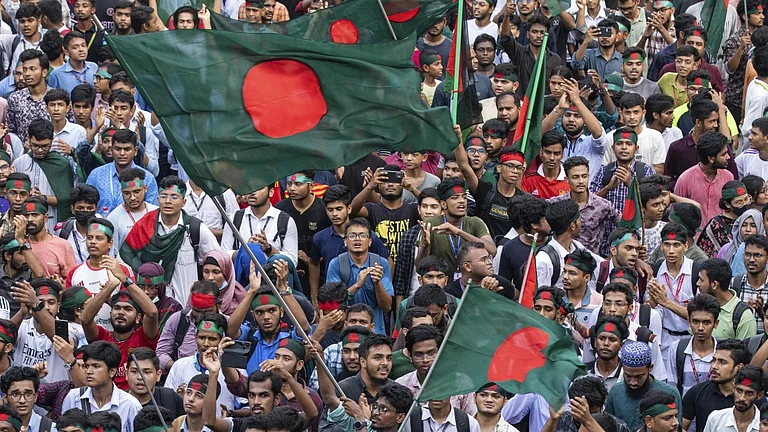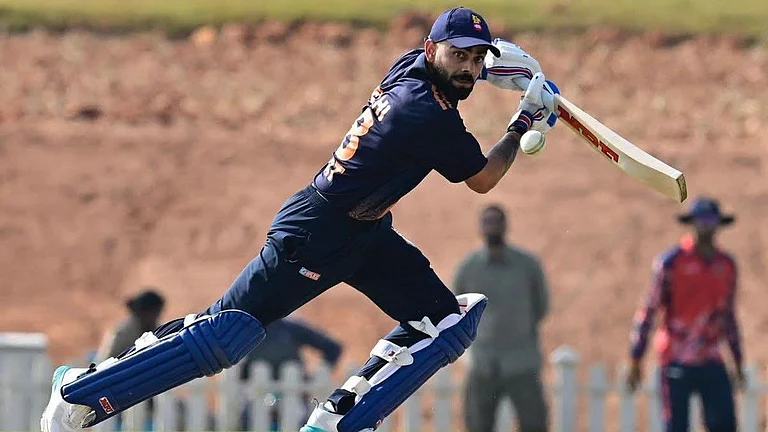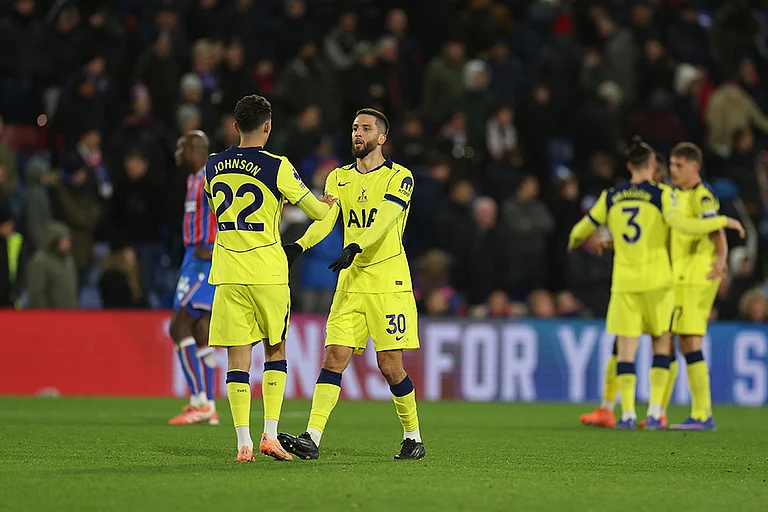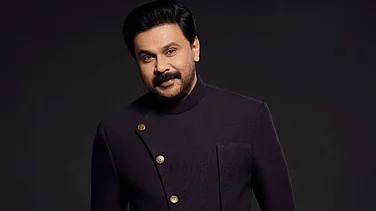The Hindi film industry or Bollywood is heavily dependent on junior artists. While we all get to see the superstars and other actors on screen always, the junior artists are the ones who are always struggling and striving to get a job. Not many people get to know about them as they’re the ones who’re standing among the shots of crowds or that of a party or an office set up, etc. They’re the ones who don’t have any lines but are seen in the background of every shot. As the jobs are dwindling not just in Bollywood but across all sectors after the pandemic, how are these junior artists surviving?
FWICE President, BN Tiwari, says, “First, not everyone is getting a job. The ones who are new, get work after a lot of difficulties. There are times in the lives of junior artists when they end up earning Rs 25,000-30,000 a month, but there are also times when they’re out of work for 6-7-8 months or even years at a stretch. If you’ve to generalise, then they are paid an average of Rs 1000 per day.”
Also, actors and other technicians in the film industry get paid at a gap of 3 months usually from the day of their work. Is that the same for junior artists even? “Junior artists are working on daily wages, and they get paid every day for their work. There is no monthly payment structure, and therefore they have to be paid daily,” says Tiwari.

But who makes these daily payments? “There are suppliers who make the payment for junior artists. Just like production houses hire production managers, they also hire suppliers for junior artists. They take payment from the producers maybe in 3 or 6 months, but they ensure that the junior artist is paid every day for their work,” adds Tiwari.
He goes on to emphasise, “The life of junior artists is quite hard. We at the Federation ensure that the payment is done daily anyhow because if they’re not paid for their day’s work, many of them might have to starve themselves the next day, as they wouldn’t have money enough to sustain themselves.”
Junior artist, Laxmi Goswami from Ghatkopar, Mumbai, who has been working since 2005, spoke up about the issues faced by the ladies in the field. She says, “The payment happens shift-wise. The supplier pays us every day in cash, and he/she gets paid by the production house after 2-3 months. The payment has not been increased since 2014, and we are in talks for quite a while to increase the payment. For seniors the serials pay Rs 1190 per shift and movies pay Rs 1410 per shift. ”
For the elderly, the payment is slightly lesser even. Junior artist Jamil Khan says, “For serials, we get paid Rs 1050 and for movies, we get around Rs 1250.”
“We faced a lot of issues during the pandemic. The production people ask us to get 3-4 different types of outfits, and we have to run around the city to get those, and all that travelling costs are turning out to be really heavy on us. Even if we are eating a sandwich outside the shoot, that also is mighty expensive nowadays. Considering all of these, the livelihood ends up being really difficult,” says Goswami.
Most people are facing the issues are of the number of days of work in a month. Goswami adds on this, “The work we get is for around 10 days a month, and not for the entire 30 days. Some months it's 15 days, but that’s also rare. The supplier has to keep a lookout for everyone, and therefore, he/she also gives everyone work turn by turn. We can’t even take a fixed job at any other place because if we end up taking that, then the shoots can happen any day. Then, we won’t be able to take a leave from there to go for the shoot. Therefore, many junior artists end up selling vegetables or riding autos, etc. The gents are doing that, but do the ladies aren’t being able to do that as well.”

Adding on the number of working days in a month, Khan adds, “We are all daily wage workers, and the issue has always been there, and it’s not something that’s started during the pandemic. The work has never been regular. On average, we go out to shoot for 10-15 days only.”
Talking particularly of the lockdown times, Goswami says, “Take the example of this month, I’ve worked for 3 days in these 15 days. In that Rs 3000 around that, I’ve earned, around Rs 1000 goes off in travel. So, you only decide, what’s there to save? Also because of the lockdown, a lot of shoots have started happening out of the city, which is again taking a lot of work away from us.”
In the same vein, Khan adds, “During the pandemic, a lot of shoots started happening on locations outside the city. So that’s why the days of work keep changing from 10 to 15 to even 22 days at times. But at the same time, there have been months at a stretch during the lockdown that we haven’t gone out to work. We get the payment per day from the supplier, and the producer later compensates them for the entirety after 90-100 days. The supplier arranges money anyhow and ensures that our daily wages are paid.”
The condition seems to be an age-old issue, and the business being an unorganised sector, it’s always difficult to have a proper payment structure. However, there is hope for many of these junior artists who don’t just want to have daily wages and want to move ahead to being cast in character roles or leading actor roles. Many have done it in the past. Actor Jeetendra was a background dancer before he ended up getting the role of a hero and the rest is history. The same was the case with the late Sushant Singh Rajput, who had danced in numerous stage shows and also in many songs behind popular Bollywood actors. Also, actress Daisy Shah began her journey as a background dancer and did films like 'Tere Naam', and later on, went on to be noticed by Salman Khan, and worked with him in films like 'Jai Ho' and 'Race 3'. The biggest example of having made it big is actor Nawazuddin Siddiqui, who began from doing single scene roles in films like ‘Sarfarosh’ and ‘Munnabhai MBBS’ to now leading the entire film on his shoulders.



























